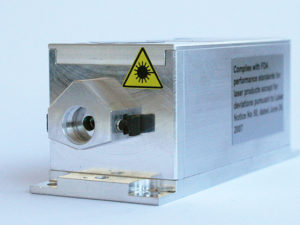Showing all 10 results
-

Abberior Instruments STEDYCON
Read more -

Abberior Instruments Infinity
Read more -

Abberior Instruments MINFLUX
Read more -

Abberior Instruments MIRAVA® POLYSCOPE®
Read more -

IMPETUX – Optical Tweezers for Mechanobiology
Read more -

Aurox Unity Benchtop all-in-one confocal microscope
Read more -

Clarity Confocal Add-on
Read more -

LaserNest® Desktop Diode Laser Series
Read more -

Tokai Hit Stage Top Incubators
Read more -

Omicron LuxX+ Diode Laser Series
Read more



